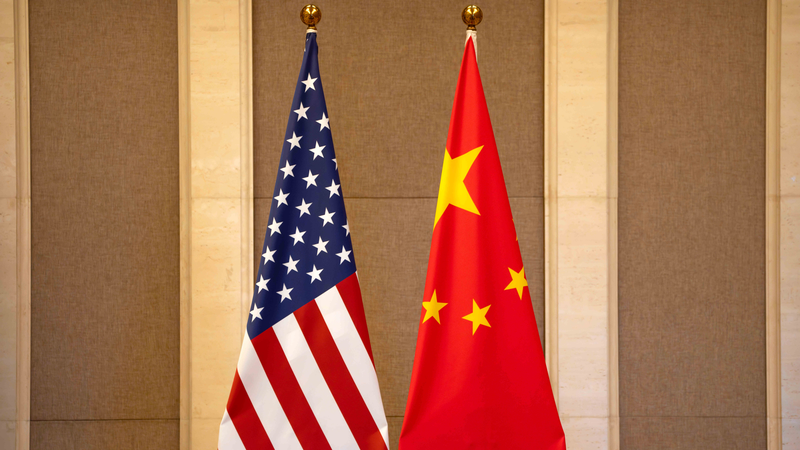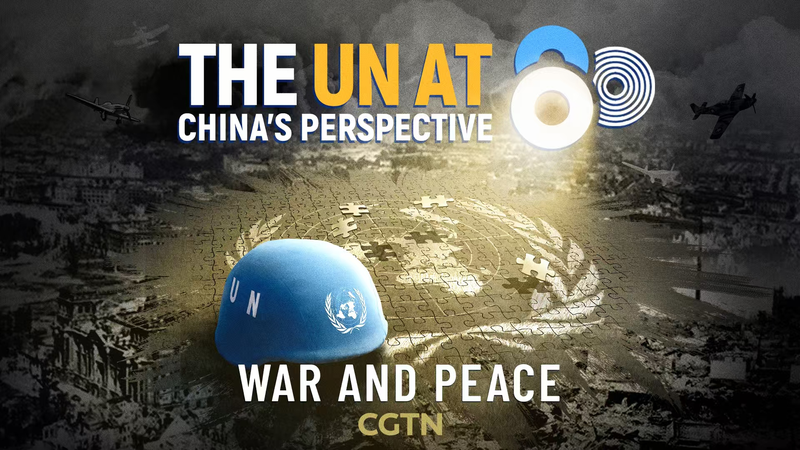In a world burdened by geopolitical tensions, economic fragility and urgent transnational challenges—from climate change to artificial intelligence—few relationships carry as much weight, promise and peril as that between the United States and China.
Yet this partnership has weathered storms and delivered historic milestones: normalization in the 1970s reshaped the global order, and China's accession to the World Trade Organization in 2001 unlocked new markets for businesses on both sides.
Fast forward to 2025: President Xi Jinping and U.S. President Donald Trump held a candid phone call, likening the task of adjusting their ties to steering a giant ship through rough waters. Around the same time, the Senior-Level Track Two Dialogue in Beijing gathered thought leaders and officials, offering a hopeful roadmap for cooperation.
Chinese Vice President Han Zheng emphasized that peaceful coexistence and mutual respect fuel global peace and progress. Beijing's open-door approach—extending invitations for trade, dialogue and educational exchange—signals a willingness to balance firm principles with pragmatic engagement.
Strategic competition will persist: differences in political systems, core concerns such as the Taiwan question, and diverging worldviews make some friction inevitable. Yet both sides affirm that dialogue and cooperation remain the only path forward.
As President Xi noted, dialogue and cooperation are essential, echoing President Trump's recognition that a thriving Chinese mainland economy can unlock fresh opportunities for U.S. businesses. In today's fraught global landscape, their shared commitment to the Geneva agreement underscores how interlinked their futures truly are.
For young global citizens, entrepreneurs and changemakers, the recalibration of U.S.-China ties is more than a diplomatic reset—it shapes supply chains, climate initiatives, tech innovation and the rules governing emerging technologies. A stable partnership is a multiplier for global challenge-solving.
Moving forward, monitoring this delicate balance of competition and cooperation offers insights into real-world impacts on trade, technology and transnational issues. After all, when two giants adjust their sails together, the whole world feels the breeze.
Reference(s):
cgtn.com




